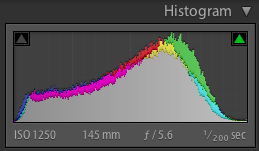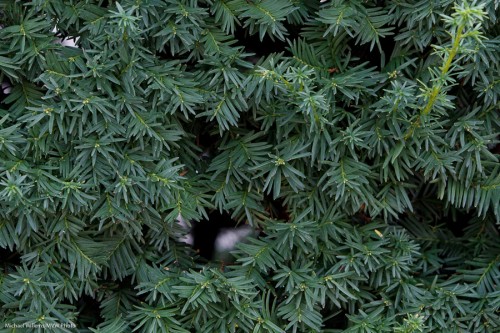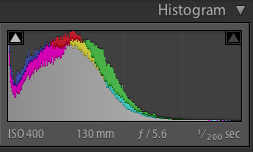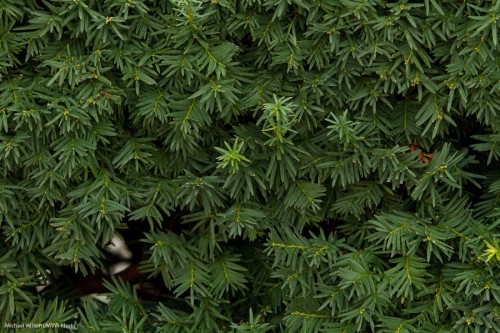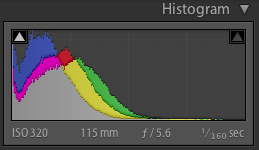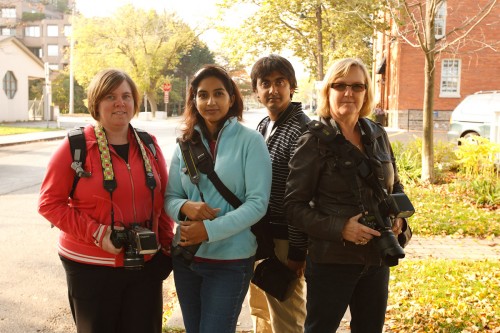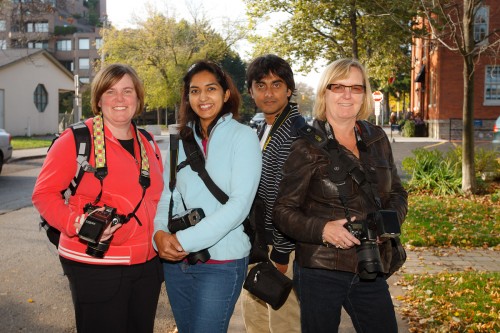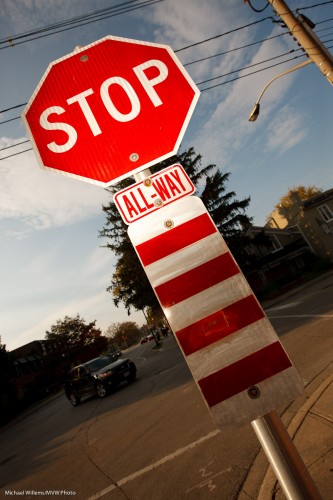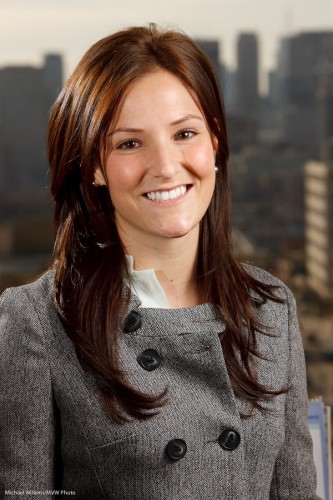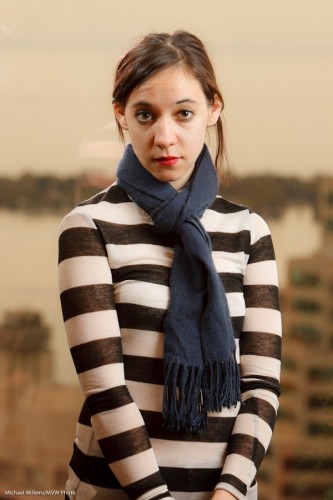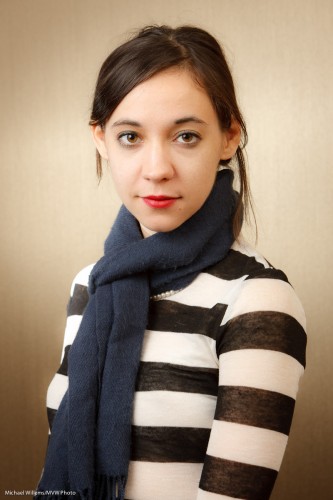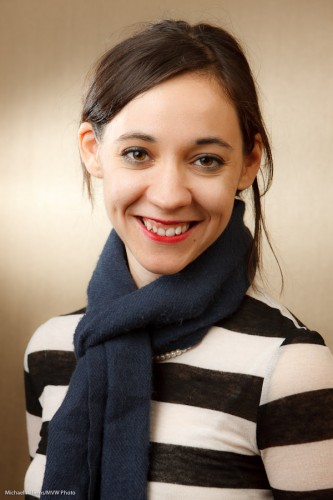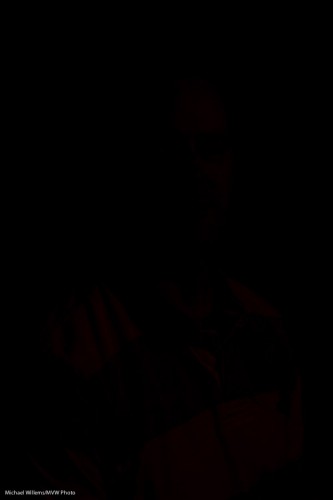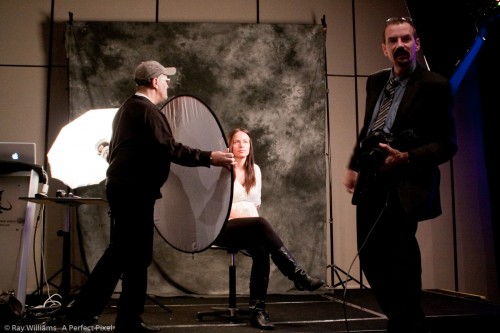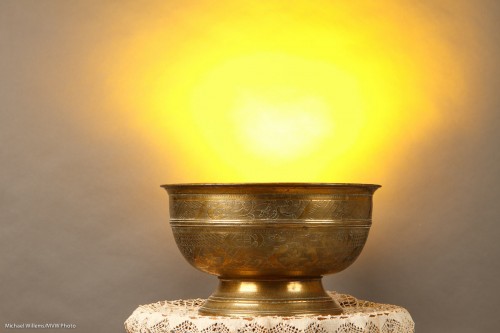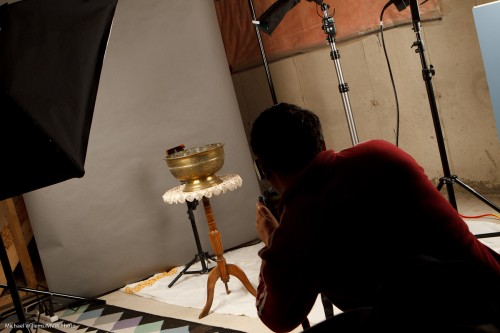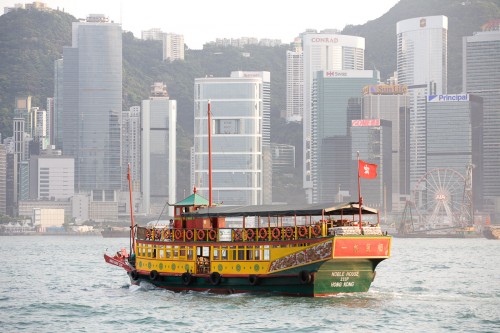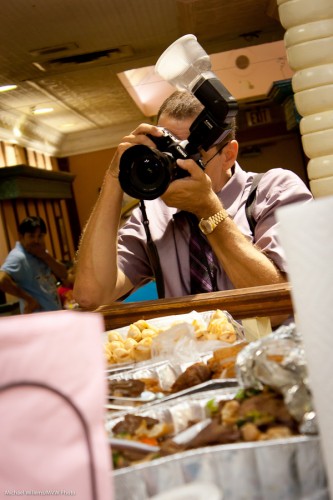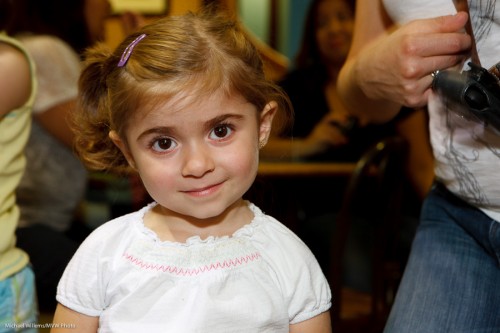Don Draper said it best, in the season-ending episode of Mad Men season 1, as he was winning the Kodak Caroussel account.
The Carrousel, he says, is
“a time machine… nostalgia… it goes backwards… forwards… it takes us back to a place we ache… to go again.”
My God those are powerful words. That is so true about photography in general. This is why I am a photographer, and that is why we should all be photographers.
And when you look at the photos he shows of his life – they all feature people. People photography is magic… it truly is time travel.
So you should know how to photograph people. People doing things; but also formal people portraits. And that is part of what I taught at the Exposure show. Things like how to get from one light to a lit portrait: we build this up in stages.
Like this portrait of today’s kind volunteer:
First one light, with a softbox:
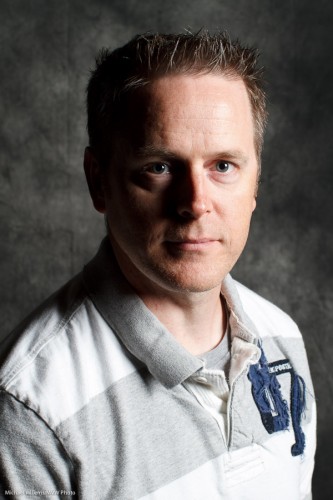
One light – but with White Balance set to “Flash” instead of “Auto”:
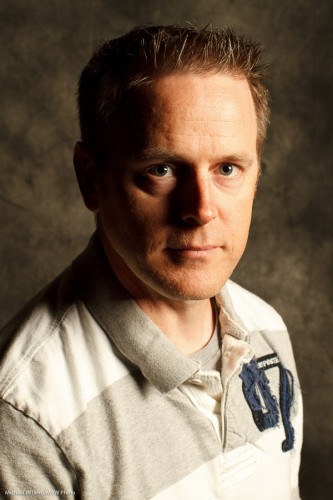
Now we add a Reflector on our left side:

And now we add a hairlight from behind left:

Or by bringing the reflector closer, we could make the light flatter:

And then we could go from there and get creative. Or stop there. In any case, it seems to me that a competent portrait is what you must learn to do if you want to capture life in order to be able to go back to it later.
And that is why I teach photography. From workshops to coaching to The School of Imaging, I teach people who to make a permanent record of their lives and their loved ones. Please… spend some time and a little money and learn how to do this!



